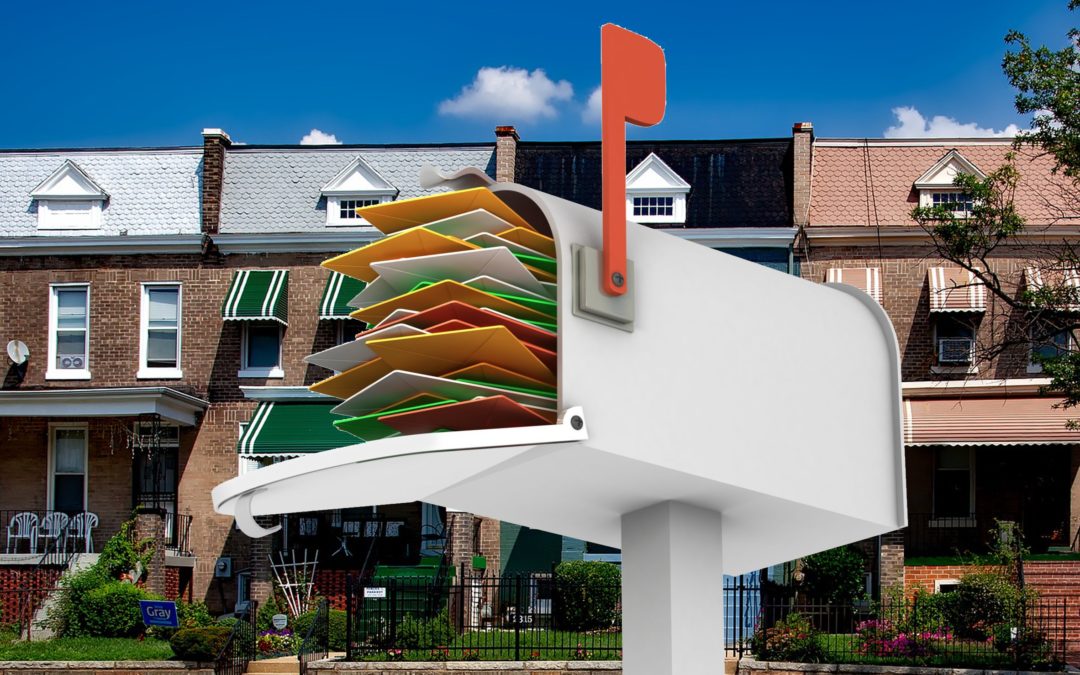In the realm of fundraising, direct mail has proven time and again that it is a force to be reckoned with
In an era characterized by digital disruption and a relentless push towards online strategies, one might be inclined to question the relevance of traditional methods, such as direct mail. However, statistics and experiences from various nonprofit organizations show that direct mail continues to hold its own, often outperforming digital strategies in the realm of fundraising. Let’s explore why direct mail remains a heavyweight contender.
Direct Mail Is An Established Medium
One of the key reasons direct mail reigns supreme in fundraising is its historical prevalence and inherent familiarity. Many donors, particularly those from older generations, are accustomed to receiving and responding to direct mail. This form of communication builds a physical, tangible connection between the organization and the donor, which often resonates at a more personal level than digital contact.
The Tangibility Advantage
Unlike emails or social media ads that can be easily ignored, dismissed, or lost in a sea of digital information, a direct mail piece has a physical presence. It sits on your kitchen counter or desk, acting as a persistent reminder of the cause it represents. It also offers an opportunity for organizations to showcase their creativity and thoughtfulness, which can help foster a deeper emotional connection with potential donors.
Highly Targeted Approach
Direct mail allows for highly targeted campaigns. Nonprofit organizations can use demographic data, previous donation history, and other specific information to customize their mail pieces for different audiences. This personalized approach can significantly enhance the effectiveness of the campaign.
Credibility and Trust
In a world where digital scams and data breaches are all too common, direct mail can offer a refreshing sense of credibility. It’s harder to fake a printed, posted letter than an email, and many people, especially older demographics, often view direct mail as a more trustworthy source of communication.
The Power of Integration
In recent years, the most successful fundraising strategies have leveraged the benefits of both digital and direct mail tactics. Known as a multi-channel approach, this strategy can maximize reach and impact. An integrated campaign might involve sending a direct mail piece to announce a fundraising initiative, followed by email reminders and social media posts to keep the cause top-of-mind.
Longevity and Impact
Direct mail also often has a longer lifespan than its digital counterparts. An email can be deleted instantly, and social media posts are quickly drowned out by newer content. In contrast, a direct mail piece may stay in a recipient’s home or office for days or even weeks, offering repeated exposure to the campaign message.
Closing Thoughts
Despite the rise of digital technologies, direct mail has not only maintained its ground, but continues to excel in the world of fundraising. The physical, tangible nature of direct mail, coupled with its potential for targeted personalization and its inherent trustworthiness, makes it a powerful tool for nonprofit organizations.
The digital era has undoubtedly brought us a plethora of new tools and techniques. However, it’s important to remember that ‘new’ doesn’t always equate to ‘better’. Sometimes, the most effective strategies are those that have stood the test of time. And in the realm of fundraising, direct mail has proven time and again that it is a force to be reckoned with.
It’s time we recognized and celebrated direct mail for what it truly is – a supremely effective fundraising channel that has the power to connect, engage, and inspire donors like few other mediums can. As we navigate the fundraising landscape of the future, let’s ensure direct mail retains its rightful place in our strategic toolkit.

